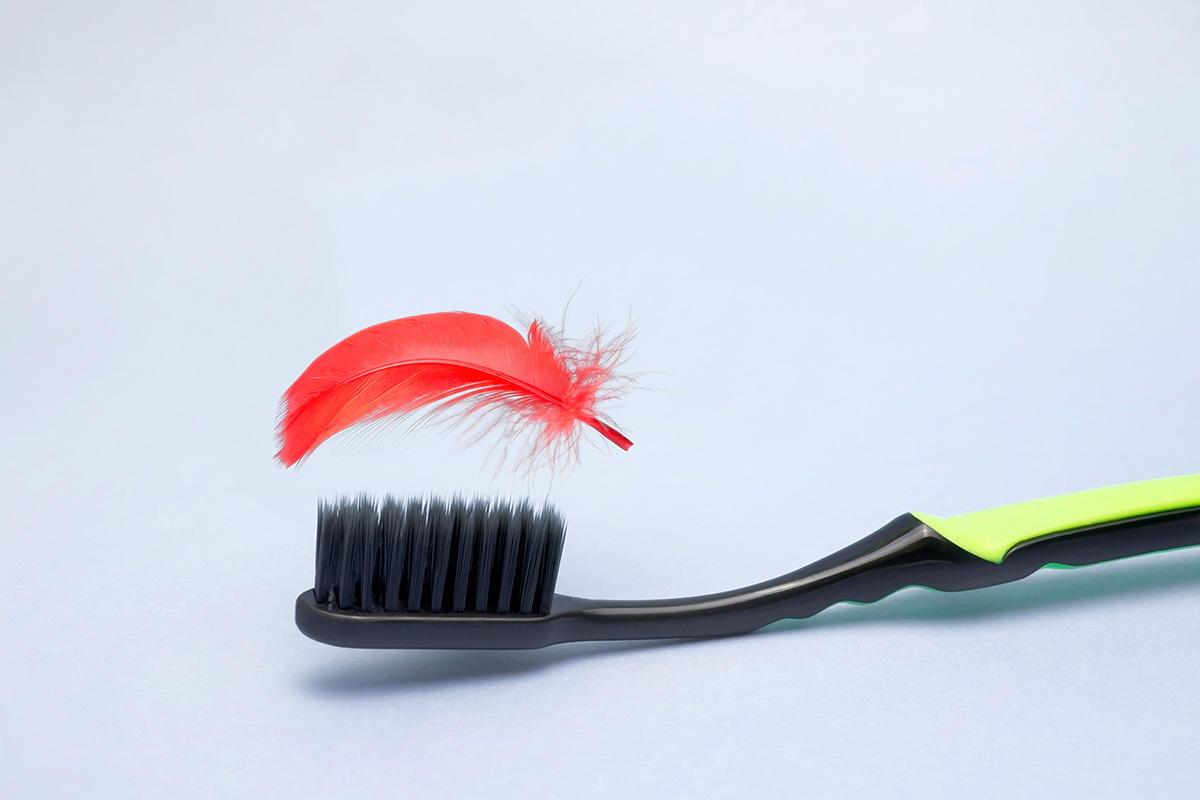How to Treat Periodontitis (Periodontosis)?
Periodontal disease is characterized by serious damage to the tissues surrounding teeth (periodontium). The condition results in reduced nutrient and oxygen supply to the cells, leading to a gradual degeneration of the gingival connective tissues and teeth.
Therefore, many people are wondering whether periodontal disease is curable, and is it contagious. No, it is noncontagious and treatable.
Periodontitis (Parodontosis) causes
The following factors are considered the leading causes of periodontitis in stomatology:
- poor oral hygiene;
- hormonal changes, e.g., during pregnancy, menopause, puberty;
- smoking, which destroys gum tissues;
- autoimmune diseases (HIV, cancer, diabetes mellitus);
- compromised immunity due to severe diseases;
- inadequate diet with vitamin and mineral deficiency;
- long-term intake of drugs decreasing salivary secretion.
How to know if you have periodontitis (parodontosis)?
The disease has no clear symptoms. They can hardly be noticed as they are not evident. Usually, patients report the following symptoms:
- the teeth necks become exposed;
- burning sensation in the gums;
- dental calculus;
- discomfort while chewing.
Patients do not feel pain, their gums remain light pink. Often the patients don’t observe the above symptoms. However, in periodontal disease, prompt strengthening of the gums seems to be very important. Let’s learn what early signs may indicate the disease at its different stages.
Periodontitis (parodontosis) stages
- Early. It’s an easily treatable stage. Patients do not complain of discomfort. Sometimes their teeth could be sensitive to cold or hot food. Periodontal disease is diagnosed during the appointment with the dentist.
- Moderate. Patients complain of an oral burning sensation, high sensitivity to cold or hot food and beverages and high acid food. The teeth roots are exposed by 3-4 mm.
- Severe. At this stage, the teeth roots are exposed to 8-10 mm. Severe pain while chewing.
Parodontosis treatment
The indication of treatment depends on the degree of inflammation and damage to the bone tissue and periodontal pocket depth. The doctor can assess the case upon the patient’s oral cavity examination for periodontal disease. After that, the patient is referred for dental tomography. A 3D image allows the doctor to determine in 3D the degree of periodontal tissue destruction and to prescribe the right treatment.
After the X-ray, plaque is removed from above and below the gum line. It is formed due to poor teeth brushing. Without its removal, the treatment of severe parodontosis would be ineffective. Ultrasonic cleaning is believed to be the best method.
The next stage is therapy, which usually lasts about 10 days. Regular mouth rinses with antiseptic agents are prescribed as well.
Treatment sequence:
- 3-5 minutes of teeth brushing after breakfast and dinner. In parodontosis, it should be exceptionally thorough. It is essential to make correct movements with the toothbrush! Ask our doctors, and they will explain in our free ‘MASTER CLASS’ how to direct a brush correctly. You will see a big difference.
- Flossing each interdental gap.
- Mouthwash with 0.05% chlorhexidine.
- Drying the gums with a clean cotton pad.
- Application of a special gel.
- After the procedure, no food is allowed for 2 hours, just pure water.
This treatment is indicated in the early disease stage. In the treatment of severe parodontosis, a 7-10 day course of antibiotics is required. The doctor prescribes pills or intramuscular injections.
If parodontosis causes loose teeth, the treatment has to be started immediately. In this case, sometimes splinting is indicated to reduce tooth mobility and stop their migration. In high mobility, the decayed teeth should be removed.
Parodontosis can be treated surgically. In this disease, deep periodontal pockets appear, allowing bacteria to multiply, aggravating the disease course. In an advanced stage, the pockets can be 10 mm. They are eliminated with surgery. Laser therapy is considered effective for parodontosis.
Prosthetics in parodontosis should be performed with extra caution.
Regular dental care and proper oral hygiene help to prevent and treat parodontosis.
Would you like a healthy and snow-white smile? Call and visit us. We’ll make one more snow-white smile in Moldova 🙂 The first visit to the doctor for our patients is FREE.
